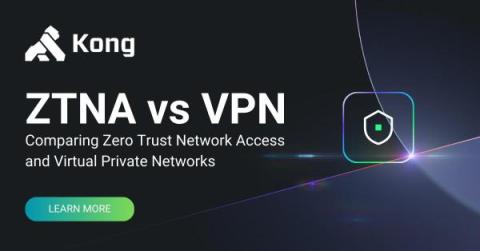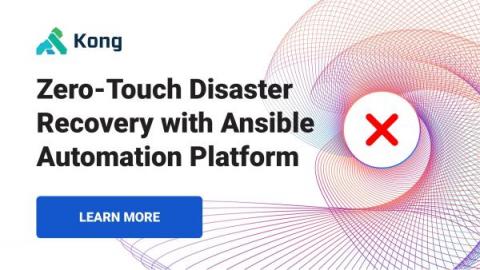Systems | Development | Analytics | API | Testing
Zero Trust
What Role Does Microsegmentation Play in Zero Trust Security?
Zero Trust Network Access (ZTNA) vs VPNs
Zero Trust Security: The What, Why and How
If you’ve been researching API security, you’ve likely seen the term “Zero Trust.” And you may already know that organizations can use Zero Trust to help protect their APIs from attacks. What you may not know is that Zero Trust is one of the best models for API security. According to Microsoft, “96 percent of security decision-makers state that Zero Trust is critical to their organization’s success.” But what is Zero Trust exactly?
How Cloudera Supports Zero Trust for Data
By now, almost everyone across the tech landscape has heard of the Zero Trust (ZT) security model, which assumes that every device, application, or user attempting to access a network is not to be trusted (see NIST definitions below). But as models go, the idea is easier than the execution.
How Apigee can help government agencies adopt Zero Trust
With the help of APIs and Google Cloud’s Apigee, government agencies can bring application-based information together to support their objectives. Here’s how.
Zero Trust and the Appian Platform's Adoption Strategy
The term “Zero Trust” has become one of the most important concepts in the information security industry. An all-encompassing phrase for many modern security best practices, Zero Trust is a conceptual design philosophy focused on continuous authentication and authorization for each action a user takes within a session rather than verification that only occurs at the start of a session.
Top Cybersecurity Considerations You Must Know as a Systems Developer
Demo: Zero Trust Security with Service Mesh
Zero-Touch Disaster Recovery With Ansible Automation Platform
Disaster Recovery (DR) is crucial to every organization. Business continuity is important whether you live in an area prone to natural disasters or need to prepare for unseen events like a data center outage. But how do you ensure that the changes behind the scenes don’t impact the end user? Red Hat Ansible Automation Platform (AAP) is the automation tool of choice for many enterprises.











